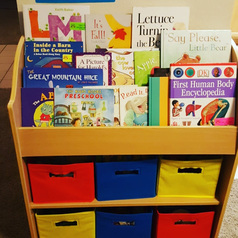 So I have a couple of children in my class that are ready to be introduced to the fine art of reading! With the right tools and attitude children can learn to love reading just as much as we do. I know I love to read a great deal and I take great care when attempting to introduce the children in my class to reading. I want to make sure that they are not overwhelmed with the experience. I do this by introducing reading in several different ways.
2. Names For children just being introduced to reading, I use their own names to introduce letters and their sounds. Because we go over the letter sounds during circle time, the children are able to learn most of their letters and sounds with little pressure. 3. Mother Goose Time Readers Mother Goose Time has sight word books and other materials that can help children ready to learn to read. With these readers the large pictures and words help to teach many different skills needed to become a proficient reader. Many times people break down reading into so many different parts the children are confused about how to put the parts together. With the Mother Goose Time Primers, the children learn how to figure out the words by looking at the pictures. They provide big colorful pictures that help learn how to sound out words and how to remember sight words. 4. Small Groups Helping children learn to read in small groups and on an individual basis allows the educator/parent to be able to zone in on the individual level of each child. Sometimes a child may seem to understand something while in a group and answering questions together. The best way to make sure that the children are absorbing what they know is to work with them in a way that you can focus on each child and their abilities. There are many different tools and games that Mother Goose Time includes with its curriculum to help the children learn to read and write. These tools help by making sure to address as many different learning styles as possible throughout the month for the sight words that are given. Games allow children to use their physical sides in order to help them learn the words. Such as the Cube during circle time. And their sight and hearing during circle time when we go over the words. Using sand for the children to trace the words, allows for the children to use touch. These methods combined mean that a child is being approached from several different ways to learn their words. That means there is a greater chance for success. When talking about reading, making sure the child is ready for the new skill is very important. It is also important to not under estimate the child. Just because a child is 2 years old does not mean they are not absorbing what you are teaching the 4-year-old. I am a big fan of introducing all concepts to all children. It may not sink in at first but that does not mean that they will not pick it up. I have seen some 2-year-old children learn sight words before their other peers, simply because it was presented to them along with the rest of the children. There is no hard core science in my opinion to creating a lifelong reader. All the things I have named here are just some of the ways that can be used. The biggest key, is that we listen and observe what is working for the children we care for. |
HoursM-F: 9am-300pm
|
Telephone661 390 0657
|
|
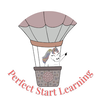
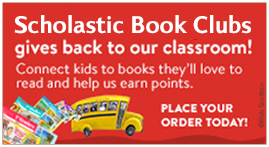
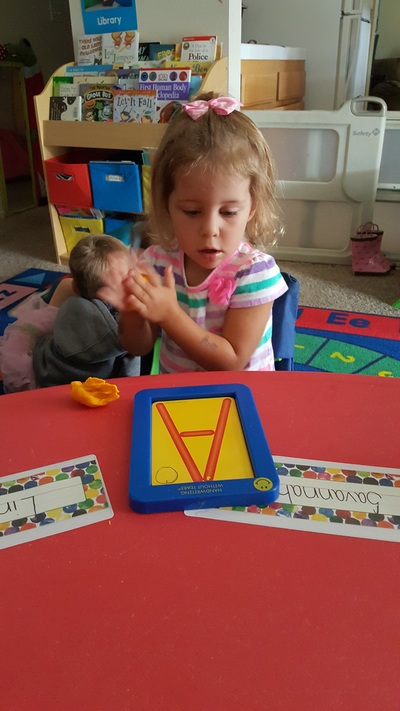
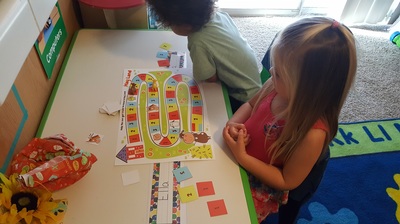
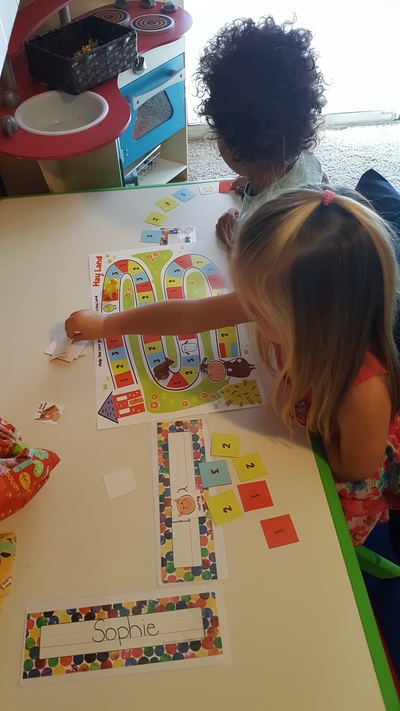
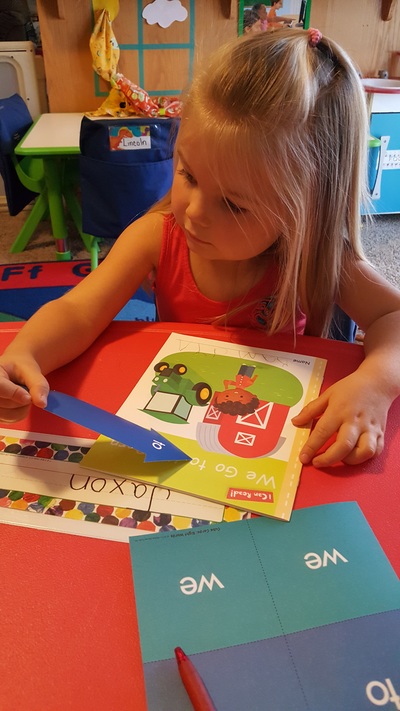
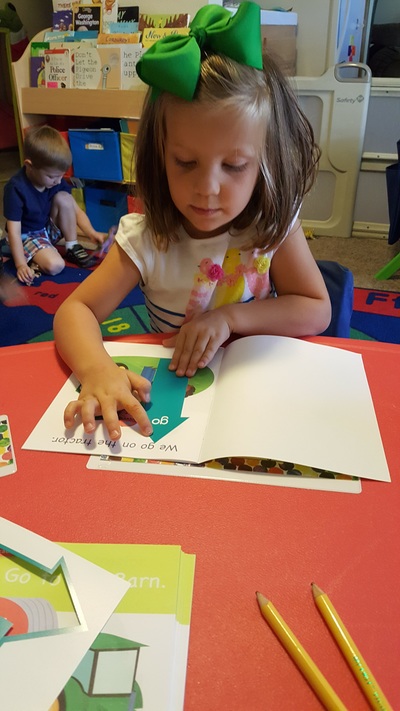
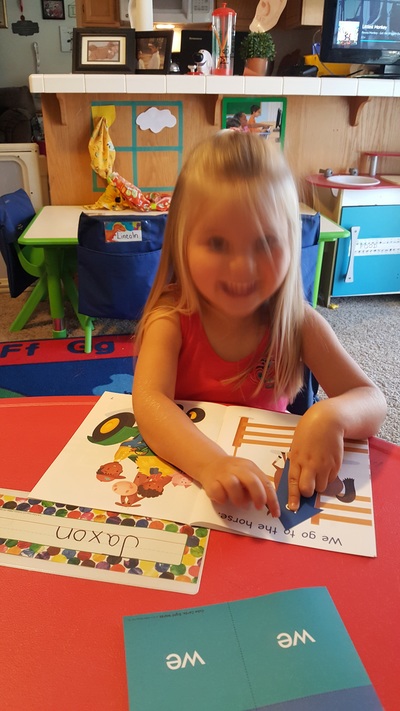
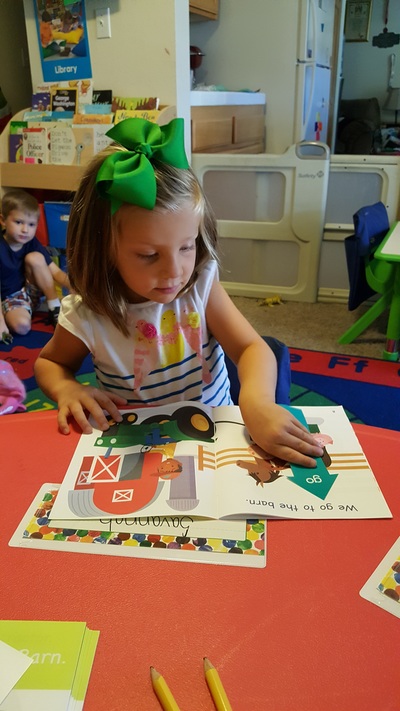
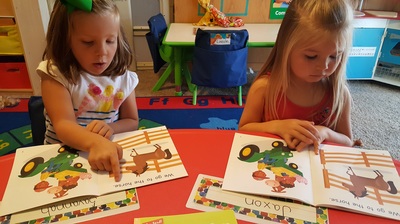
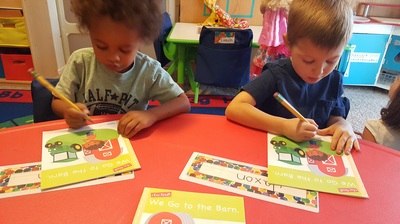
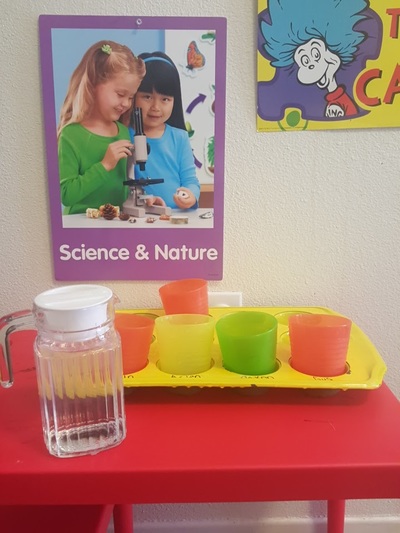
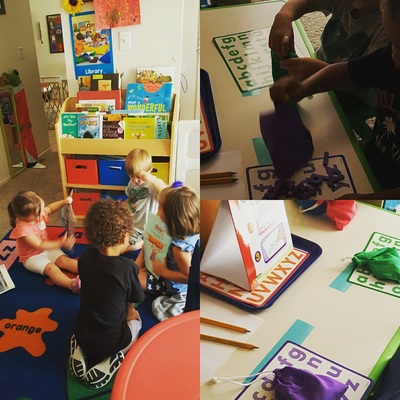
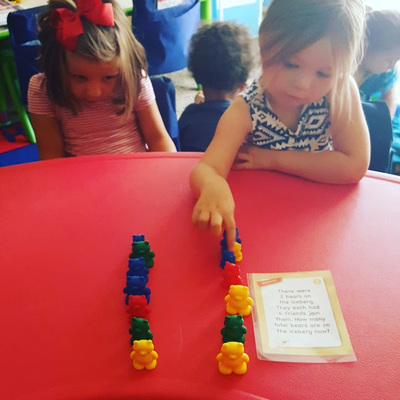
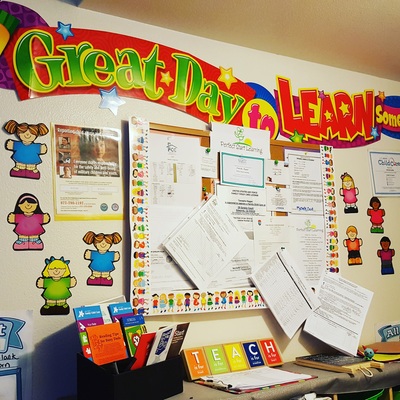
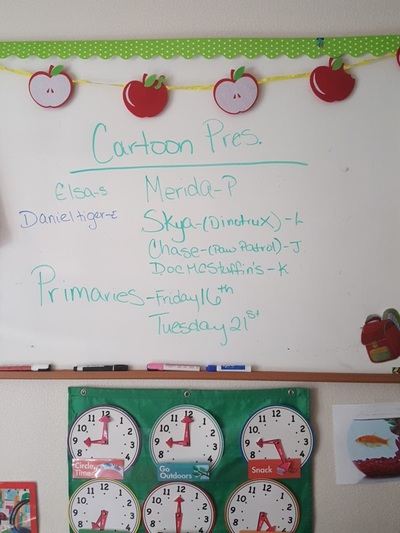
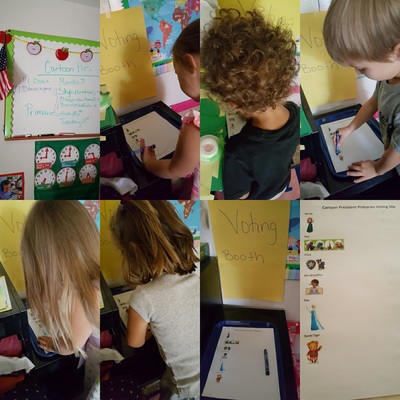
 RSS Feed
RSS Feed